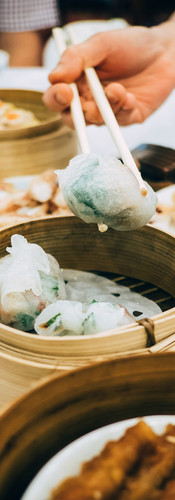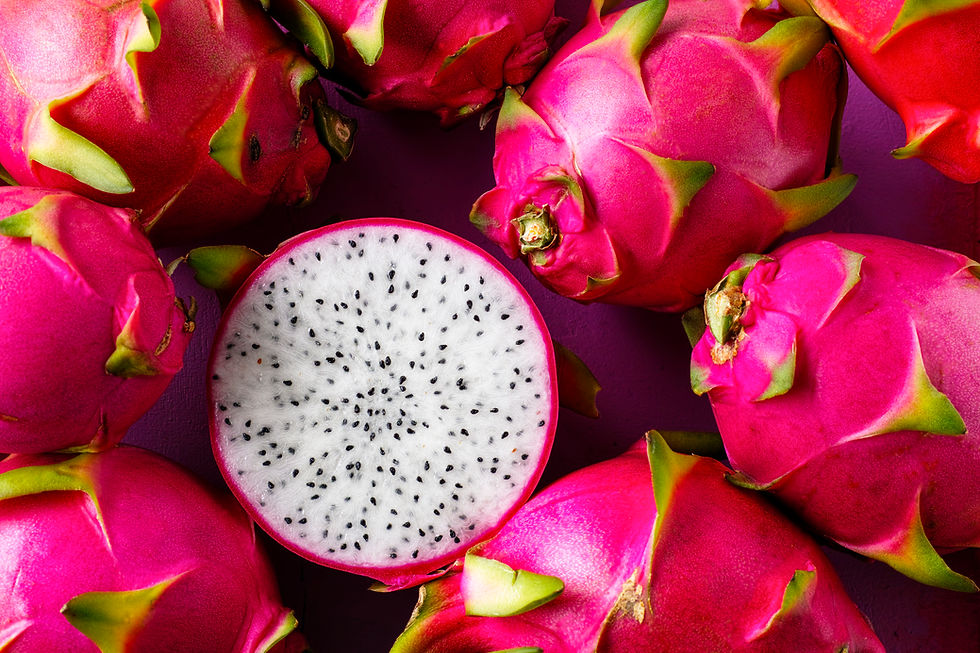Eating comes with Manners!
- NZ

- May 8, 2019
- 2 min read
First thing first, what is table manners? It is a set of rules that needs to be followed before, during and after eating. It consists of varieties of attitude, for example, towards people you are eating together and in the way of using utensils during meal.
Each family or group of people have their own standard of rules while dining. Specifically, table manners differs according to certain culture or religion.
1. Hindu

When talking about the Hindu religion, the first thing that come to our mind is India. Majority of India's population beliefs is Hinduism and followed by Islam as the second biggest religion in the country.
Quick fact: Hindus do not eat beef.
Muslim prohibits any use of pork.
Due to prohibition in eating beef, Hindus naturally follow a balanced-vegetarian diet. They consume mostly chicken and fish. In balancing out their meal, they tend to use more vegetables and herbs to make their dish more rich in flavour and delicious. Indian cuisine, as most of us know, is famous for its bread and rice as the main dish. Not to be forgotten, their famous curry. Hence, their varieties cuisine requires their own manners while eating.
Basic knowledge of Indian Etiquette
Remember to always eat with clean and washed right hand.
Wait for the elders before start eating
Make sure to identify what type of food has been banned; meat, fish, eggs
Ask for far dishes instead of reaching it yourself
Help clear the dishes unless unacceptable for certain customs
Never double dip! (ex: dipping bread in curry)
2. Chinese Traditional Religion
China is known for its long history and culture. Their beliefs and customs are believed to be existed since thousand years ago. Therefore, it is not surprised that they have very unique, detailed and strict rules for the people.
The main utensils for Chinese food is of course, chopsticks. Chopstick is use for every type of meal including for eating rice. Some are quite surprised when they hear about this (eating rice with chopstick). Fret not, it is possible. Their rice is quite sticky compared to other rice grains and the most common way of eating it is by bring closer the rice bowl to your mouth. Then, use your chopstick and scoop the rice in your mouth. Easy isn't it?
Do's
Be prepared to share you meal with others
When tea is served, say 'thank you'
Keep an eye of guest's chopstick
Don'ts





















Comments